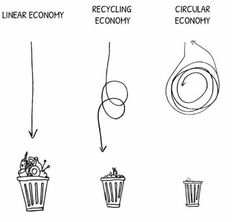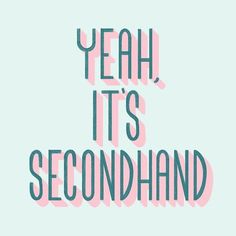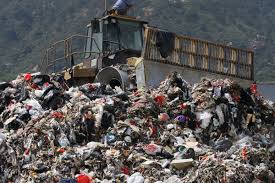
We are all aware of how fashion trends seem to “come back around” and I often hear my mother saying “oh I wish I hadn’t gotten rid of that” referring to her cool slogan sweatshirts that, now back in fashion were all the rage when she was in her twenties. If this is in fact the case why has the fashion industry become so linear? The circular economy aims to reduce waste by keeping resources such as clothing in use.
Fast fashion describes when garments are produced quickly in large quantities at cheap prices. Today Fast fashion brands produce lower quality textiles in large amounts at a low price in reaction to trends. With todays social media influence consumers are encouraged to buy trending items and a sort of fear of missing out exists when not purchasing latest trend items. Individuals with a large social media presence are payed to promote clothing items and encourage their followers to consume when they may not need the item.

In the past clothing items took longer to make and had a higher price as a result, this meant making the most of each item of clothing passing it between individuals and repairing it once wear and tear appeared. Today this circularity is not present. Clothing can be made cheaply and extremely quickly thanks to mechanisation leaving no need for circularity. Each yeah 100 billion (bn) new garments are produced for a population of only 7.6 bn. Only 1% of these textiles are thought to be recycled with $450bn worth of textiles thrown away each year, mostly ending up in landfill.
The thrift scene is quite established online (Depop) as well as some high-street shops with original pieces up for grabs facilitating circularity. Thrifting can be described as the careful use or the reduction of waste. This practice keeps items of clothing in use and recirculates them to new owners. This can be successful for desired brands but not so much for generic cheaper items with little sale value. Large high-street brands such as Zara and Primark have introduced ranges made with recycled material, likely green washing but does introduce an aspect of circularity that could be scaled up.

The fashion industry is one of the biggest industries as well as the biggest polluter overtaking aviation and maritime sectors combined. In 2018 Greenhouse gas emissions from the sector reached 2.1 bn metric tonnes. 60 million people work along the supply chain of mass production. Circular business models could reduce 50% of the industry’s emissions. The production of garments is also water intensive.
English fast fashion brand Pretty Little Thing advertised huge sales in 2020 with items such as dresses on sale for less than £0.50 after 99% reductions. Similar brand Misguided was slated for selling swimwear for £1 at full price. This led to the questing of ethics within production. Most clothing is produced by women in countries such as Bangladesh and Vietnam at very low labour costs.
The application of circular economy to the fashion industry is essential going forward to design a new slower fashion model. It is not sustainable at its current linear model.